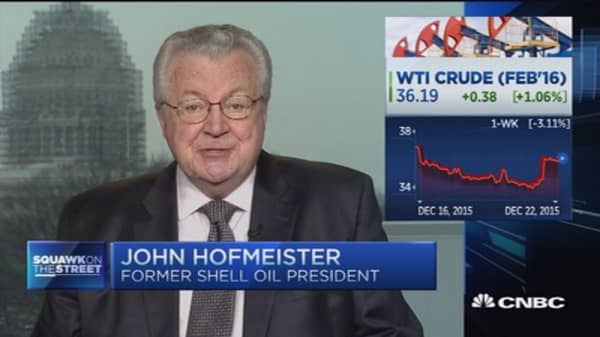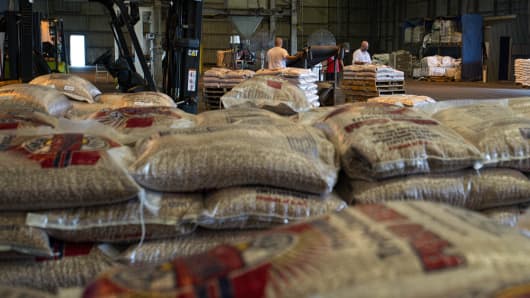That's brought a drop in rig counts — and a rise in layoffs — across most energy-producing regions in the U.S. In Texas, the cuts have slammed the brakes on the state's economy. Real gross state product fell from 4.8 percent in the first quarter of this year to just 0.5 percent in the second quarter, the latest data available.
Like other major energy producing states, Texas is also feeling the pinch from a steep drop in so-called severance taxes — which are based on the value of oil, gas and other raw materials produced in the state. Those revenues paid for roughly $6 billion in state spending in 2013 (the latest data available) — or about 10 cents for every dollar of state revenue.
Just like the location of pockets of oil and gas underground, the rewards of the latest Texas oil boom weren't spread evenly across the state. Wages rose sharply in oil producing cities like Midland, where the jobless rate is still well below the national average. But wages have fallen elsewhere in the state, and jobless rates are rising above the 5.0 percent national average.












